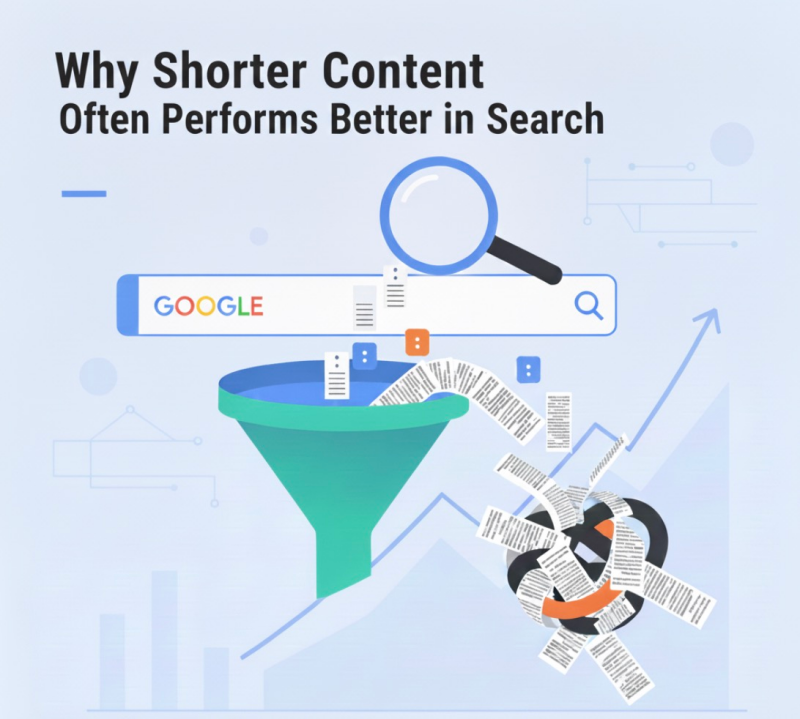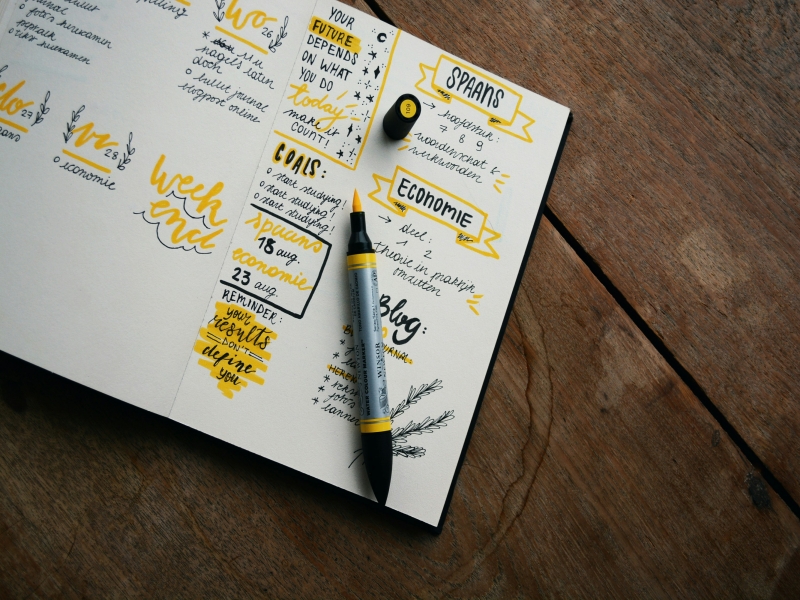Essential Image Formatting Tips for Successful Selling on Amazon
With more than 60% of Amazon’s sales coming from independent sellers, mostly small and medium enterprises, it is safe to say that the platform is a goldmine for the astute seller.
However, the key to tapping into potential sales lies not just in what you sell but also in how you present it. In other words, captivating product images can make the difference between a pass and a purchase.
That said, this guide offers essential tips on formatting your images to not just meet Amazon standards but to excel. This will ensure that your products capture and hold buyer interest from the first glance. So, let’s cut to the chase!
Mastering the Right Dimensions and Resolution To succeed on Amazon:
● Start by sizing your images correctly. Your product images should be no smaller than 1,000 pixels on the longest side, but aiming for 1,600 pixels or more is best for the detail pages.
● Keep the maximum at 10,000 pixels to avoid overly large files.
● For ideal viewing, maintain a 5:1 aspect ratio and consider using a square format, ideally 2,000 by 2,000 pixels, to meet Amazon’s recommendations.
When it comes to resolution, ensure your images are at least 72 dpi to maintain clarity and sharpness across all devices. File sizes should be under 10 MB to facilitate quick loading without sacrificing quality.
Ensure your images faithfully represent the product and align with the title. They should occupy at least 85% of the frame, avoiding blurriness, pixelation, or jagged edges. Keep backgrounds simple and clean to enhance the product, and steer clear of clutter or distracting elements.
Most importantly, do not include any artwork, watermarks, or promotional text, and ensure no Amazon logos or trademarks are visible in your images.
Choosing the Right File Format for Optimal Clarity
Another crucial aspect that Amazon pays attention to is the file format and compression of your product images. While Amazon accepts JPG, TIFF, GIF, and PNG files, it particularly recommends using JPG for optimal results.
To ensure your product images look their best, aim for minimal to zero compression. Over-compression can degrade image quality, leading to blurriness or pixelation, which detracts from the customer’s viewing experience.
Now, many people use the HEIC format because it offers better compression than traditional formats. However, Amazon doesn’t support HEIC files primarily due to compatibility issues.
So, if you are working with HEIC files, you’ll need to convert them to a supported format such as JPG. You can check here for guidance on converting HEIC files to JPG. It will ensure that your images adhere to Amazon’s formatting requirements and are displayed correctly across all user devices.
Optimizing Lighting for Enhanced Detail
Getting the lighting right is another crucial step in producing high-quality Amazon product images. It ensures that every detail of your product is visible and appealing, helping to drive sales.
For the best results, it is recommended to use soft, diffused lighting to eliminate harsh shadows and evenly illuminate your product. Place lights on both sides of the item to cover all angles and reveal essential features without distorting colors.
When setting up your lighting, aim to mimic daylight, as it provides the most natural and flattering effect. This approach helps accurately represent the product’s true colors and textures, which is essential for customer satisfaction.
Always check your images for unwanted shadows or highlights that might affect clarity, and adjust your setup accordingly. Well-lit photos not only look professional but also play a key role in formatting them to meet Amazon’s high standards. To further enhance images, consider using simple editing tools that improve brightness, contrast, and sharpness.
Using Infographics for Clarity and Engagement
Most sellers only upload the product’s photo on eCommerce platforms. However, adding infographics can make a big difference in how clear and engaging your listings are. It lets you quickly show off the key features, sizes, and benefits that regular photos might not capture.
They help customers see why your product is worth buying at a glance and make decisions. When creating infographics, ensure they are simple, clean, and consistent with your brand. Use concise labels and easy-to-read fonts that complement your images without overwhelming them.
Ultimately, this way of organizing your images grabs attention and helps customers understand what makes your product special.
To Sum It All Up
While the right product is fundamental, presenting it in the best possible light is what truly sets successful sellers apart on Amazon. These image formatting tips are designed to polish your product presentation, ensuring that when a potential buyer scrolls through Amazon, it’s your product that makes them stop, look, and, ideally, purchase. Let your images speak volumes, and watch your sales tell the tale.
Join 200,000+ Sellers Growing with Kua.ai
You may also interested...

Why Shorter Content Often Performs Better in Search

5 Unique Tricks to Make Your Facebook Profile Attractive













